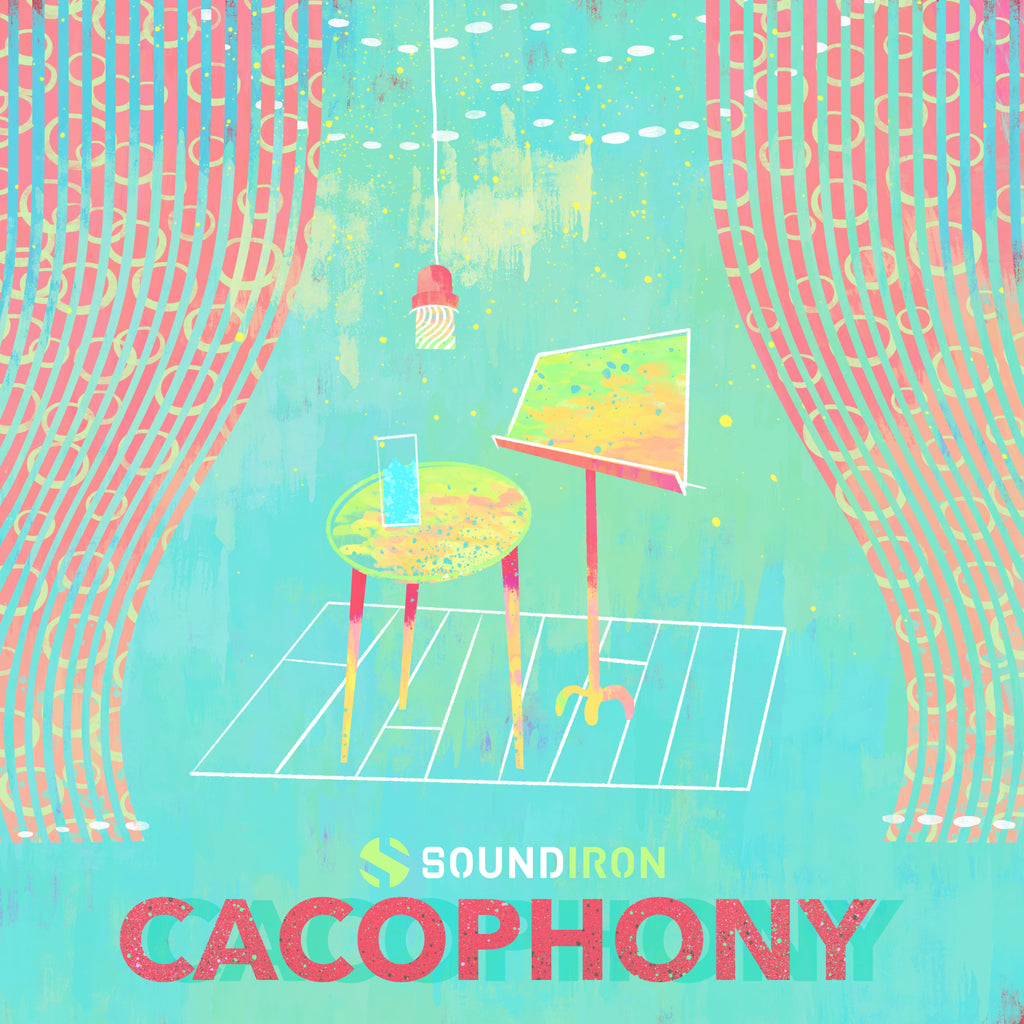
- #KONTAKT ORCHESTRA SLIDE GLIDE HOW TO#
- #KONTAKT ORCHESTRA SLIDE GLIDE MOD#
- #KONTAKT ORCHESTRA SLIDE GLIDE SOFTWARE#
#KONTAKT ORCHESTRA SLIDE GLIDE MOD#
Auras has a midi learn window for pressure/slide/glide, but I believe this is for using the library with a non-MPE controller, and affecting all notes uniformly with, say, a mod wheel instead of per-note pressure) - regardless, nothing happened when I had it up and did the corresponding gesture on my morph. Every bit of info I can find directs me to use midi learn to control a parameter I want to send CC messages to, but I'm clueless to how this could/should work here, as there's no clear, single parameter to learn. Ableton does not receive CC on the track - and by reading the Ableton help, this appears to be by design.
#KONTAKT ORCHESTRA SLIDE GLIDE HOW TO#
However this absolutely does not work within Ableton, and I'm not sure how to get around it. This works perfectly in standalone Kontakt with the mapping I've created for the Sensel Morph overlay (a characteristic portion of which is below) and it's a killer library. Basically, if you have a Roli controller, there's a script that does it for you (good stuff if you have a Seaboard! I don't), but otherwise the pressure, slide and glide are each assigned to a CC number, and through some wizardry inside the Kontakt instrument you get per note expression if you've also set pressure, slide and glide to send CC on those numbers on your MPE controller. Whether it's realistic enough in solo pieces and good enough for you is question nr.I'm having a lot of trouble setting up the Kontakt library Auras to work inside Ableton with my MPE controller (Sensel Morph), and nothing I can find seems to be suitable for this specific situation.īasically, Auras ( ) is an MPE compatible library, but because Kontakt itself isn't MPE compatible, Slate and Ash have set it up in a clever way to take the MPE data in and still have polyphonic expression regardless. The "QLegato" blurb sounds like they've found some creative solution to the problem, and the demo shows they can do it. If EWQLSO does the trick for you, why not get that? Looks like the price's in your range, too. It depends a bit on who made the library and what application they use (Kontakt player or something of their own) how it's solved. You have to program these glides using "modifier" keys or some other trick (basically notes outside of the range of the sample library that switch the playing mode around) or the sampling engine has to play legato notes by detecting what's coming in. However, the same trick the 32 mb ROM cards use can be used here- you can transpose the samples, and as long as you stay in an acceptable range, it won't be too obvious. Yes, which is why these things are the size of several gigabytes. ) showing that precise effect (, track called "Micro quartet", among the fourth and the fifth measure, that violin sound describes exactly what i mean by 'portamento').Ĭan you tell me the truth about 'portamento' FX in VSTs ?īut this leads to a LOT of samples, since you can have the effect from C to D, from C to E, from C to F.Upward, downward.With notes belonging to different octaves.On various instruments. And i've found only 1 MP3 demo (ok, i didn't listen to them all. My doubt arises from the fact that when i read the listing of 'articulations' available for those VSTs, the 'portamento' isn't shown for all the insts (maybe it has another name.). Ok, those libraries consist of many gigs of data, but, given that i have no background on orchestral VSTs, i'd like to be sure that i WILL get that effect if i buy one of those VST (my budget is about 500 Euros).



But this leads to a LOT of samples, since you can have the effect from C to D, from C to E, from C to F.Upward, downward.With notes belonging to different octaves.On various instruments. Romplers/samplers achieve this by using sound interpolation (-> plastic sound ) i guess good VSTs use actual recordings of 'portamento' technique from the player.
#KONTAKT ORCHESTRA SLIDE GLIDE SOFTWARE#
I'm sure the software listed above can play with a very higher quality than a 32 MB ROM card, but, if i get one of those, will i be able to play realistic 'portamento' effects ? I mean, when you play one note, then play another note at a certain distance, and you get that 'sliding' (not stepped) effect. My prob is this one : i always used my Triton Studio (with Orchestral sound expansion) to write orchestral simulation tracks, but when it comes to simulate the PORTAMENTO effect (on string sounds, but the same applies to other insts i guess), i get synthetic and unrealistic sounds.

I looked for some documentation and i heard about all those Halion Symphonic Orchestra, Garritan Personal Orchestra, East West SO and so on. Sorry for the long post i'm a newbye in orchestral VSTs area, and i'd like to get a good one for the precise task i need to accomplish.


 0 kommentar(er)
0 kommentar(er)
